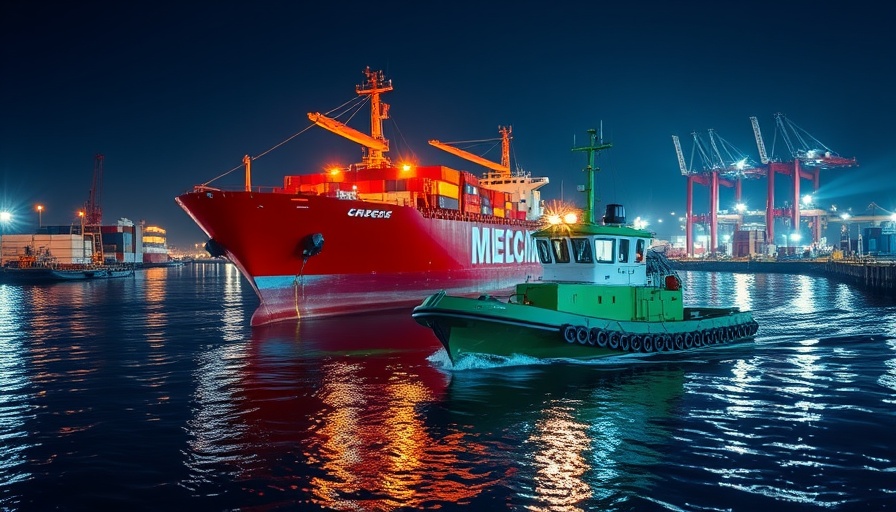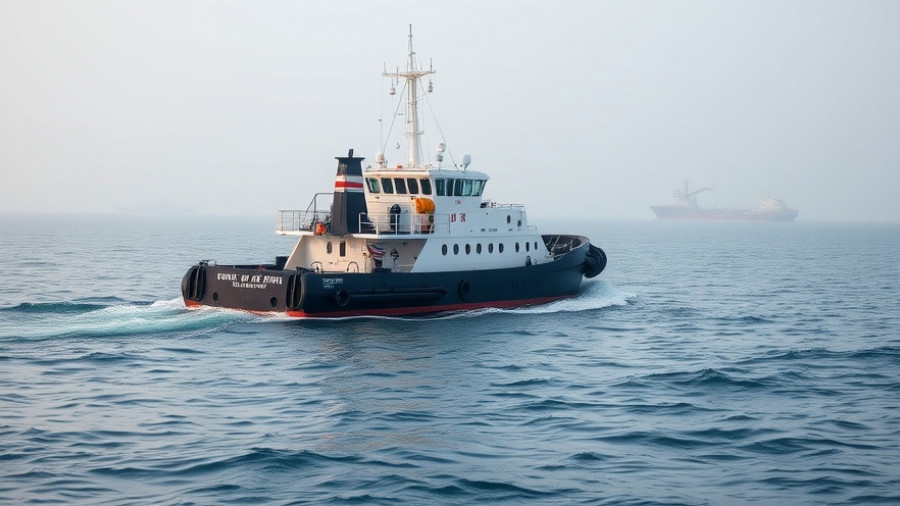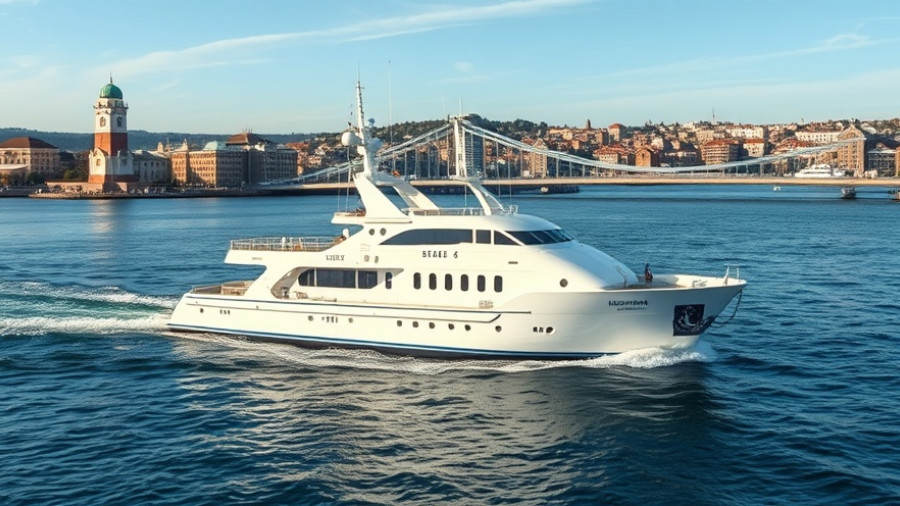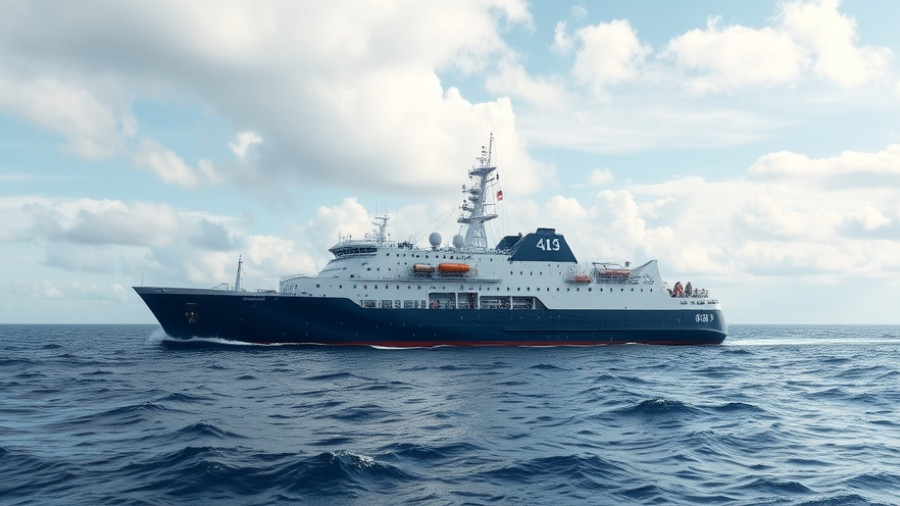
Great Lakes Towing's Heroic Efforts in the Cuyahoga River
In the early hours of June 20, 2025, the Great Lakes Towing Company heroically deployed its tugs to refloat the foreign-flagged freighter SUNNANVIK, which had found itself stuck in the narrow mouth of the Cuyahoga River. Weighing in at 9,000 tons, the vessel's grounding disrupted river traffic, prompting a swift response from the towing company and U.S. Coast Guard.
The incident began at approximately 12:43 a.m. when the SUNNANVIK became wedged, leading to immediate, around-the-clock efforts to restore order in the waterway. Two robust tugs were dispatched: the NEW YORK, under Captain Tim Herrle, made it to the scene by about 2:30 a.m. shortly followed by the WISCONSIN, piloted by Captain Brad Sheppard, which arrived in the early hours to render additional assistance.
Pushing Boundaries: A Testament to Tugboat Power
The effective operation that ensued demonstrated not just the power of the tugs, but the remarkable expertise of the crews on board. With a commanding understanding of the tricky waterways, they coordinated details with the U.S. Coast Guard to navigate the SUNNANVIK safely back into the flow of the river at around 6 a.m., thus minimizing downtime for river traffic.
A U.S. Coast Guard official praised the operation, describing the tugboats as “mini muscle machines,” a testament to the incredible power and precision the Great Lakes Towing Company brings to challenging maritime situations. Their prowess allowed for a quick resolution without injury or pollution, clearing the way for the SUNNANVIK's continued voyage.
Why Such Operations Matter: The Broader Impact on Maritime Safety
What is fascinating about incidents like this is not just the immediate resolution but the broader implications for maritime safety and transport efficiency. Tugboats play a crucial role in ensuring the safety and operational integrity of waterways, acting as unsung heroes that operate behind the scenes. Their ability to maneuver vessels, particularly in tight spaces, is vital for preserving the maritime industry’s operational flow.
As the Great Lakes Towing Company’s Executive Vice President, Gregg Thauvette stated, “This is why we’re here. Our crews and vessels stand ready—even when you didn’t expect to need us.”
Future Trends in Maritime Operations: Adapting to Challenges
The modern maritime industry faces ongoing pressures, including increasing traffic and environmental regulations. Operations like the rescue of the SUNNANVIK highlight the importance of having capable tugboat services at the ready. With ships getting larger and routes becoming more congested, the role that tugboats play is ever more crucial.
Experts are predicting a continued trend toward larger, more powerful tugboats equipped with advanced technologies. This evolution is essential for navigating the complexities of contemporary waterways and ensuring efficient, safe transport. Moreover, with growing environmental awareness, future tugboat designs are anticipated to focus more on eco-friendly solutions, incorporating cleaner technologies to reduce their carbon footprint.
Conclusion: Embracing Innovations in Maritime Navigation
This incident serves as a reminder of the value of timely maritime interventions and the tireless dedication of tugboat crews to ensure safety in water transport. The successful efforts to refloat the SUNNANVIK illustrate just how critical these operations are in maintaining the flow of commerce and enhancing safety standards across waterways.
As we look forward to more such instances of exemplary maritime operations in the future, one cannot underestimate the innovative technology and the resilient spirit of those who navigate our rivers and seas. Embracing advancements in maritime technology and the unwavering commitment from teams like those at the Great Lakes Towing Company will undoubtedly help shape a safer and more efficient maritime landscape.
 Add Row
Add Row  Add
Add 




Write A Comment